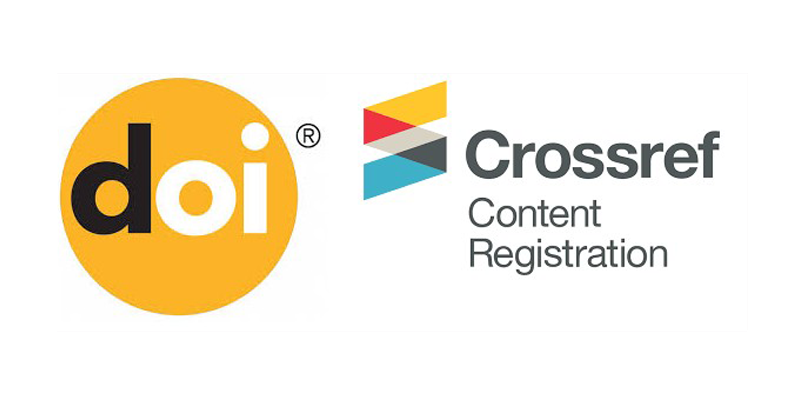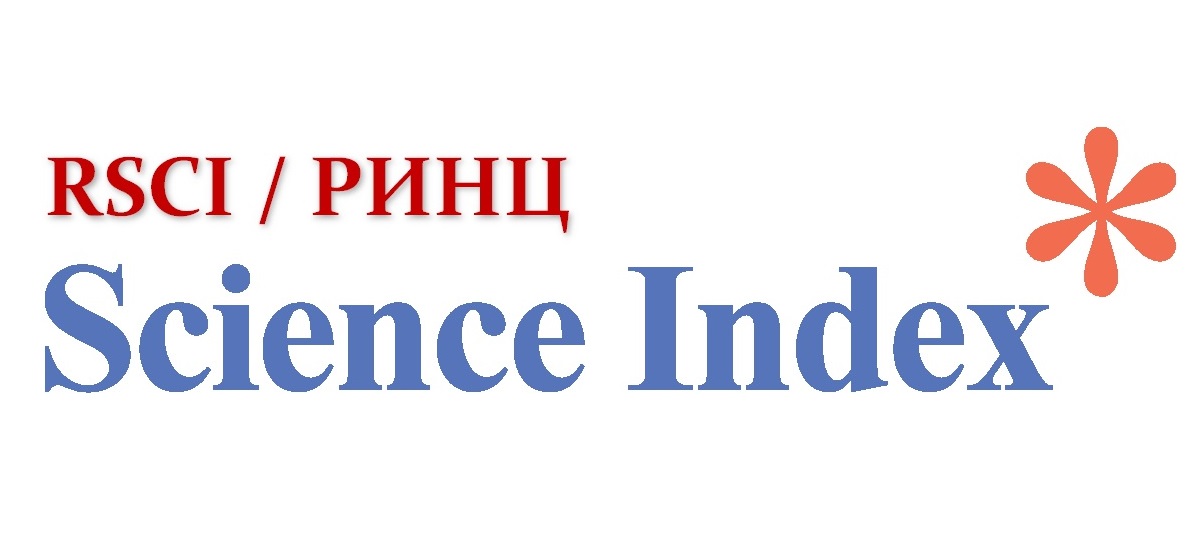The Strategic Role of the Presidential Council in South Korea's Nation Branding
Views: 183 / PDF downloads: 87
DOI:
https://doi.org/10.32523/2616-6887-2025-151-2-265-275Keywords:
nation branding, cultural policy, branding of Korea, Presidential Council, international image, South Korean policy, strategic developmentAbstract
This article examines the strategic development of national branding in South Korea. The purpose of the study is to identify the key measures taken by the government of the Republic of Korea to strengthen the image and strategic development of national branding in the country. Particular attention is paid to the analysis of official documents, statistics and analytical reports published by government and international sources.
The article examines the role of the Presidential Council for National Branding, which was founded on the initiative of President Lee Myung-bak in 2009. The creation of this body has become an unique example of an institutional approach to national branding management. The Council has assumed comprehensive responsibility for coordinating the state policy of government departments, as well as for implementing a wide range of communication, image and advertising-oriented activities in relation to national branding. The article examines in detail the functions, structure and main areas of work of the Council.
It is concluded that the Presidential Council for National Branding has made a significant positive contribution to the formation of a sustainable and positive image of the country abroad. And also that a positive image of the state ensures the stability of security, strengthening of cultural influence and promotion of economic interests in the international arena.
Downloads
Published
How to Cite
Issue
Section
License
Copyright (c) 2025 Bulletin of the L.N. Gumilyov Eurasian National University. Political Science. Regional Studies. Oriental Studies. Turkology Series.

This work is licensed under a Creative Commons Attribution-NonCommercial-NoDerivatives 4.0 International License.






